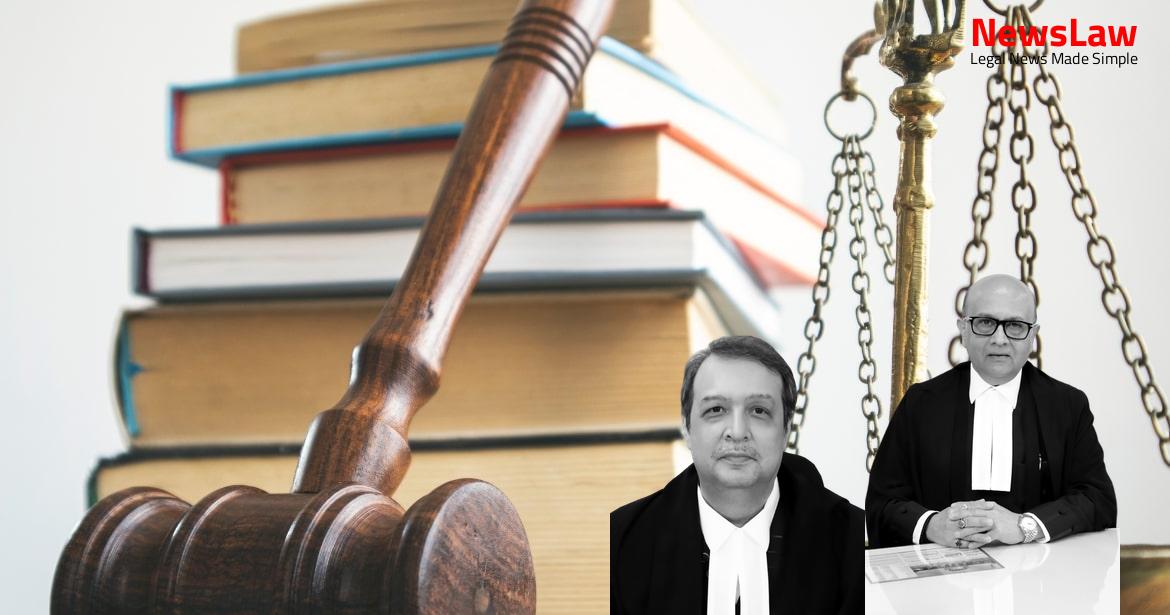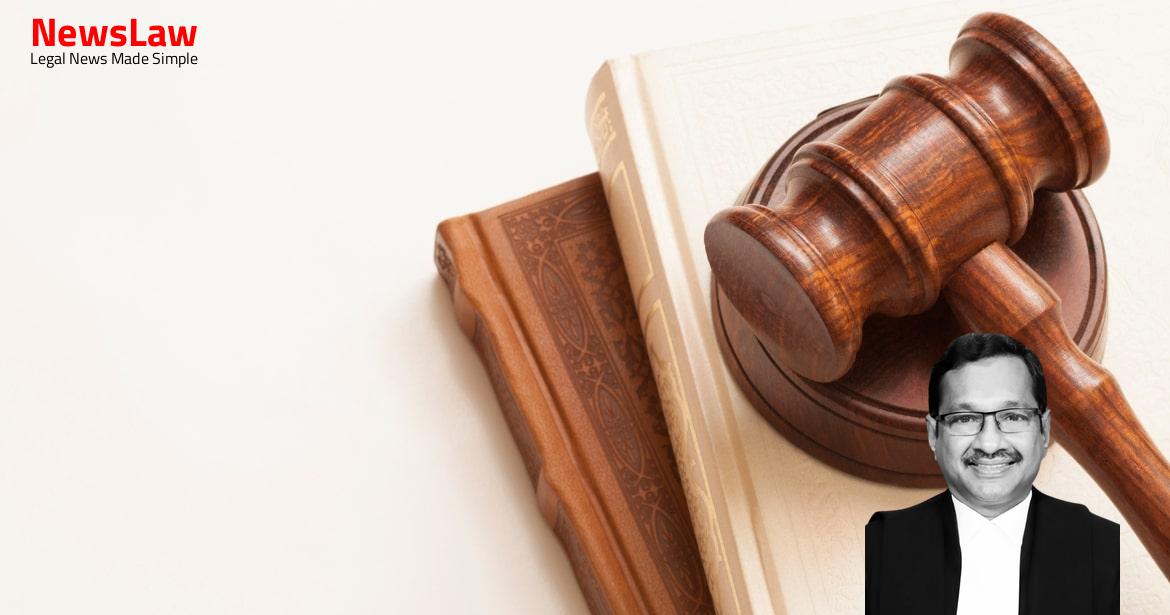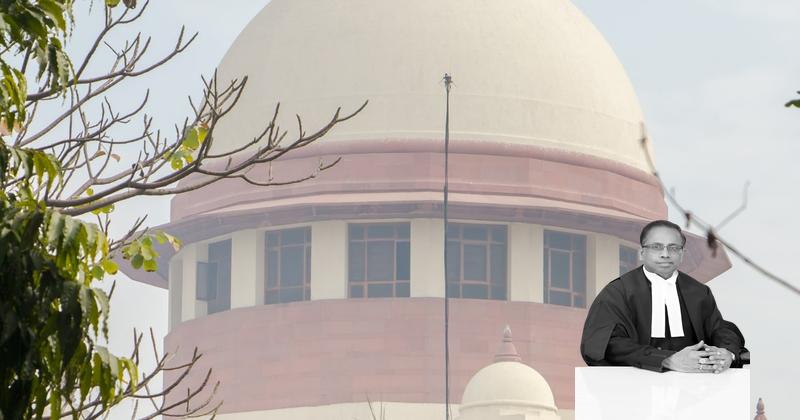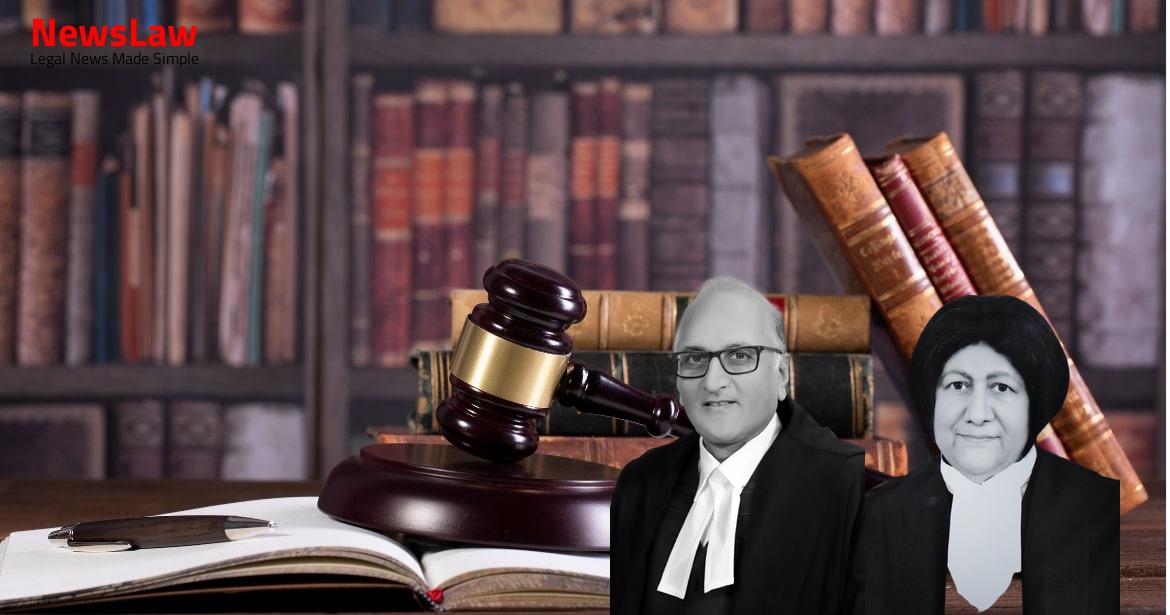Explore the recent Supreme Court of India judgment delving into the interpretation of the Group of Companies Doctrine. The case involves intricate legal arguments between the petitioner and the respondent as they address the complexities surrounding arbitration agreements and non-signatory parties. Discover the evolving landscape of Indian jurisprudence in relation to commercial transactions and arbitration disputes.
Facts
- Company A developed its own e-commerce software in 2015 and was approached by Company B to use SAP Hybris Software
- Disputes arose regarding the timely completion of the project, leading to the project being rescinded in November 2016
- Parties agreed to resolve disputes through arbitration as per the GTC agreement
- Company B was not made a party to the arbitration proceedings
- Company A filed for insolvency under the Insolvency and Bankruptcy Code in October 2019
- Multiple agreements were signed for the purchase and customization of the SAP Hybris Software
- Company A contended that the agreements were part of a single composite transaction
- Communication via email between the parties regarding project challenges and resolution
- Company B issued a notice for arbitration due to alleged wrongful termination and non-payment
- Events leading to the appointment of an arbitral tribunal to adjudicate disputes
- Failure of the parties to appoint an arbitrator led to the present arbitration petition
Also Read: Case of Defamation and Caste-based Humiliation: High Court Upholds Special Judge’s Decision
Issue
- Whether the Group of Companies Doctrine should be read into Section 8 of the Act, 1996 or can exist in Indian jurisprudence independently.
- Should the Group of Companies Doctrine be invoked based on the principle of ‘single economic reality’.
- Interpreting whether the Group of Companies Doctrine should be based on the consent or intent to arbitrate between the parties.
Also Read: Landmark Judgement by the Supreme Court of India: Criminal Appeal No. 3114 of 2024
Arguments
- The counsel argued that the emails exchanged between the petitioner and respondent no. 2 show respondent no. 2’s intention to monitor the project and ensure compliance with contractual obligations.
- The GTC agreement, Order Form no. 1, Order Form no. 3, and the License Agreement are interlinked and part of a composite transaction.
- The counsel referred to previous court decisions that incorporated the Group of Companies doctrine into the Act, 1996 without fully examining the phrase ‘claiming through or under’ in the provisions.
- He questioned the use of economic concepts like tight group structure alone to bind a non-signatory to an arbitration agreement without express consent.
- He sought clarity from a larger bench on the interpretation of the phrase ‘claiming through or under’ under Sections 8, 35, and 45 of the Act, 1996.
- Justice Surya Kant noted the evolution and acceptance of the Group of Companies doctrine in Indian jurisprudence.
- The counsel argued that despite not being a signatory, respondent no. 2 had liabilities and obligations under the agreements, making it a party to the transaction.
- He emphasized the need to focus on the validity and existence of an arbitration agreement during referral and leave other questions to the arbitral tribunal.
- He pointed out inconsistencies in the application of the doctrine in India and called for clarification by a larger bench.
- The counsel highlighted the direct commercial relationship between the petitioner and both respondents, citing the decision of Cox and Kings Ltd. v. SAP India Pvt. Ltd. & Anr.
- The counsel relied on email contents to support his arguments.
- Chief Justice N.V Ramana and Justice A.S. Bopanna expressed doubts on the application of the Group of Companies doctrine.
- Intervenors discussed the amendments to the UNCITRAL Model Law and the options provided for constituting an arbitration agreement.
- The petitioner’s contentions and claims are already pending before an arbitral tribunal under the same dispute resolution clause.
- The claims related to the GTC agreement and Order Form no. 1 are sub-judice and cannot be reagitated.
- The petitioner has filed counterclaims of Rs. 45,99,71,098/- before the arbitral tribunal presided by Justice Madan B. Lokur (Retd.).
- Allowing parallel arbitration proceedings from the same agreement poses a risk of conflicting judgments on the same subject matter and evidence.
Also Read: Arbitration Dispute Resolution: Key Ruling by the Supreme Court of India
Analysis
- The issue of the existence of a valid arbitration agreement was referred to the Arbitral Tribunal for determination.
- There is no evidence to suggest that the project was to be performed by Respondent No. 2.
- The communication with Respondent No. 2 regarding the project only occurred after escalation emails from the Petitioner in 2016.
- The intention was not to bind Respondent No. 2 to the agreements between the Petitioner and Respondent No. 1.
- The Court found no conclusive evidence of a valid arbitration agreement between the parties.
- The Court opined that the Petition for the appointment of an arbitrator may not be allowed.
- Respondent No. 2 did not engage in conduct to indicate agreement to the arbitration terms.
- The claims raised by the Petitioner go beyond the scope of the Services Agreement between the parties.
- The Court emphasized the need for the Arbitral Tribunal to determine the jurisdiction over non-signatory parties.
- The Court stated that the referral court’s scope is limited to ruling on the existence of the arbitration agreement.
- Respondent No. 2 did not consent to the arbitration agreement between the Petitioner and Respondent No. 1.
- The references to Respondent No. 2 in the License Agreement are standard and cannot bind the foreign owner of licenses.
- The present proceedings were deemed as misconceived and belated attempts to inflate claims and mislead creditors.
- The legislative mandate requires a prima facie determination at the stage of Sections 8 and 11, ensuring the exclusivity of the arbitral tribunal.
- The Arbitral Tribunal has the authority to rule on its jurisdiction and objections regarding the arbitration agreement.
- The Tribunal should be the preferred first authority to determine the validity of arbitration agreements to avoid judicial intervention.
- The Tribunal has the advantage of detailed evidence and pleadings to identify frivolity and dishonesty in litigation.
- At the referral stage, courts should not delve into complex factual disputes and leave the determination to the Arbitral Tribunal.
- The Constitution Bench in Cox and Kings emphasized the doctrine of competence-competence to minimize judicial interference in arbitration proceedings.
- The Court’s role at the referral stage is limited to prima facie determination, focusing on the existence and validity of the arbitration agreement.
- Section 16 of the Arbitration Act empowers the Arbitral Tribunal to rule on its jurisdiction, including objections regarding the arbitration agreement’s existence or validity.
- Post the 2015 Amendment, courts under Section 11(6) of the 1996 Act can only examine the existence of an arbitration agreement, not delve into substantive objections.
- The scope of powers of the referral court is constrained by the principle of competence-competence, limiting interference in arbitration proceedings.
- The aim is to uphold the autonomy of the arbitral tribunal by restricting judicial intervention in matters within the tribunal’s jurisdiction.
- The determination of whether the respondent is a party to the arbitration agreement should be decided by the arbitral tribunal based on evidence presented by both parties and legal doctrine.
- The requirement of prima facie existence of an arbitration agreement, as per Section 11 of the Arbitration and Conciliation Act, 1996, is fulfilled.
- This interpretation upholds the doctrine of competence-competence by allowing the arbitral tribunal to determine the true parties to the arbitration agreement under Section 16 of the Act.
- At the referral stage, it is appropriate for the referral court to leave it to the arbitral tribunal to decide if the non-signatory is bound by the arbitration agreement.
- The objections raised by the respondents do not dispute the existence of the arbitration agreement invoked by the petitioner in the case.
Decision
- Once the arbitral tribunal is constituted, it shall adjudicate the claims of the petitioner.
- The respondents can raise all available objections in law before the tribunal.
- Preliminary objections must be considered and rejected by the tribunal before proceeding further.
- Elaborate submissions were made regarding the impleadment of respondent no. 2, a non-signatory to the arbitration agreement.
- The present petition is allowed, and arbitrator fees and modalities will be fixed in consultation with the parties.
- All rights and contentions of the parties are left open for adjudication by the arbitrator.
- Pending applications, if any, will be disposed of accordingly.
Case Title: COX AND KINGS LTD. Vs. SAP INDIA PVT. LTD. (2024 INSC 670)
Case Number: ARBIT.PETITON No.-000038 – 2020



